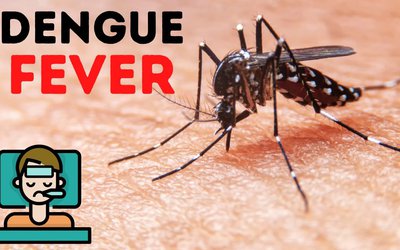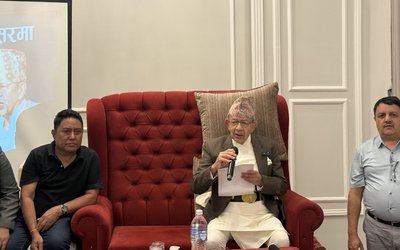The question below is commonly asked in medical examinations for qualified doctors. So, perhaps it is unfair that I am bringing this topic up in a general, lay journal. But this is a pertinent health matter for the readers of the New Spotlight. The question is: Which one preventive intervention leads to the largest average increase in life expectancy in a target population:
a) A regular exercise programme?
b) Quitting smoking?
c) Mammogram ( breast cancer prevention screening in women)?
d) Pap smear ( cervical cancer prevention screening in women)?
e) Prostate gland cancer screening for men?
The answer is b) quitting smoking. For a targeted population, more than all the other choices listed above, quitting smoking will add 3 to 5 years. A regular exercise programme will add 1 to 2 years and the rest of the others will each add a couple of months. This question illustrates the importance of quitting smoking and exercising. Does this mean that c,d, and e options are not worth pursuing? Let me explain.
Predicted increases in life expectancy are average numbers that apply to populations and not individuals. For example, mammograms may increase life expectancy overall by only 2 to 3 months, but for the individual at risk of breast cancer ( patients with a family history of breast cancer, smoking etc),the screening may add many years by detecting the disease earlier. This same pattern holds true for cervical cancer and prostate cancer in the question above.
Importantly many of us do not know if we are at risk for common diseases because this may not be obvious like a family history. So, in carrying out recommended screening tests like the ones in the question above, it is important to assume that we are average Joes ( Ram Bahadurs or Sita Maharanis if you wish) who may be at risk.
However even regarding options a and b above, one could argue, well, big deal, by exercising or quitting smoking I will add only a few years to my life! Is it worth the trouble of exercising? That line of thought is one way of looking at it. But a more useful angle would be that based on studies of epidemiological illnesses in South Asia, South Asians are probably more prone to cardiovascular illnesses than the western population. In fact ( this may come as a surprise to many) some studies have shown that South Asians( rich or poor), are three times more prone to cardiovascular illnesses ( heart attacks, for example) than their western counterparts! So indeed quitting smoking and exercising could be even more useful measures to take for us as these are important protective mechanisms for prevention of cardiovascular illnesses in this vulnerable population.
In a country like Nepal where day to day existence is so difficult for so many people, it may be hard to understand the concept of “wellness” which the above medical question evokes. But this idea of wellness is in our interests because prevention is better than cure. And crucially cure is more expensive, and most of us have absolutely no health insurance whatsoever; and certainly most Nepalis don’t have the kind of money that is required for the optimal treatment of cardiovascular illnesses or malignancies. Hence not only quitting smoking and exercise, but tests like breast and cervical cancer screening may help a great deal in promoting wellness and good health.

Buddha Basnyat MD
Buddha Basnyat, MD, MSc, FACP, FRCP, Director of the Oxford University Clinical Research Unit-Patan Academy of Health Sciences, Kathmandu.
- Altitude Sickness
- Feb 20, 2018
- Post-earthquake Nepal: The Way Forward
- Dec 13, 2015
- The Annapurna Sanctuary
- Nov 29, 2015
- Diarrhea at the Summit
- Nov 08, 2015
- Altitude Sickness ( AMS, HAPE, HACE)
- Oct 15, 2015















